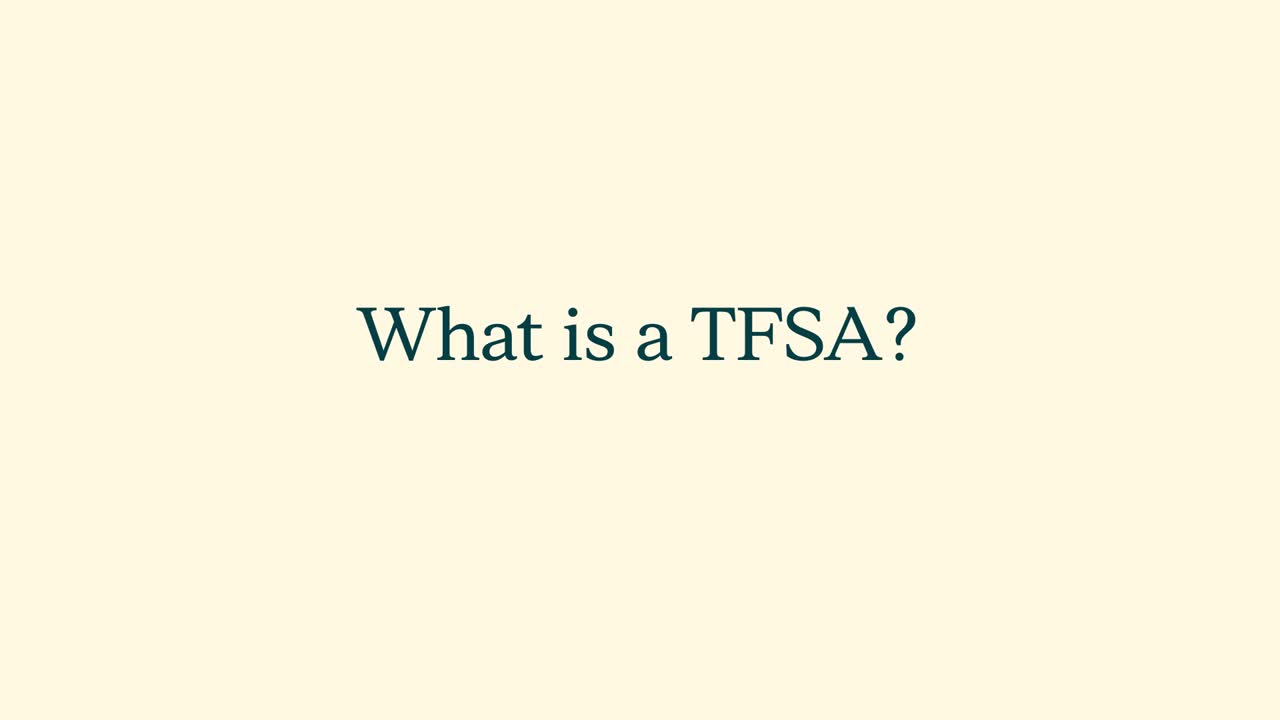What is a TFSA?
Simply put, a tax-free savings account, or TFSA, is a type of savings account to help save for any need.
How does a TFSA work?
A TFSA doesn’t have to be a savings account at a bank. A TFSA can contain a variety of investments like:
- Bonds
- Stocks
- Mutual funds, and
- Exchange-traded funds
Money, or contributions, that you put into a TFSA, are made with after-tax dollars. This means you’ve already paid income tax, and won’t need to pay again when you make withdrawals in the future. Plus, you won’t pay tax on any investment growth in your TFSA.
Whether you’re saving for a dream vacation, your first home, or your retirement, a TFSA can help.
What is your TFSA contribution limit?
A contribution limit is the maximum amount you can add to your TFSA each year. The annual TFSA contribution limit varies from year to year. The federal government determines these limits.
You’re entitled to the lifetime contributions for every year after you turn 18 and are a Canadian resident. For example, let’s say you don’t have a TFSA and were 18 in 2009, when the government introduced the TFSA. In this case, if you were a Canadian resident throughout that entire time, you’d have full contribution room available. But if you became a Canadian resident in 2015, you’d start gaining contribution room then. The best way to find out how much you can contribute to your TFSA is through the Canada Revenue Agency.
Whenever you need it, a TFSA is a smart way to save, and see your savings grow – tax-free.
Find more tips and tools at sunlife.ca.


